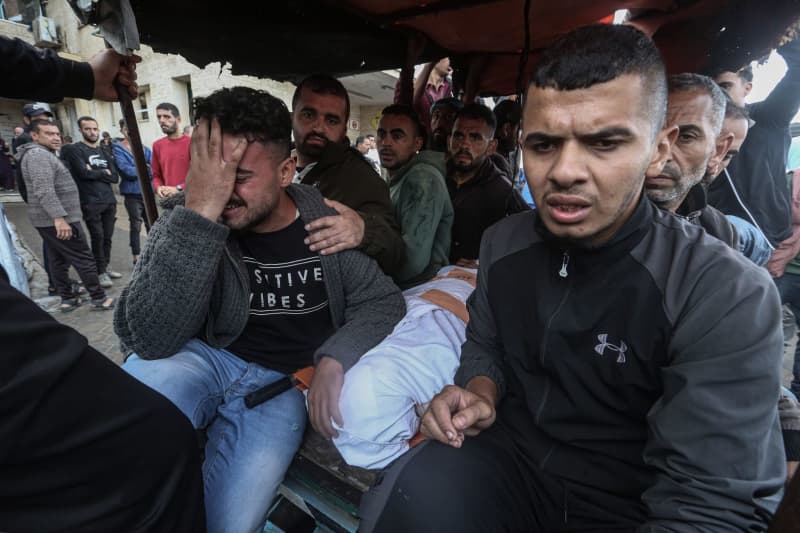The ongoing conflict in the Middle East has intensified recently, with Israeli airstrikes resulting in significant casualties across Syria, Gaza, and Lebanon. A notable incident in Damascus led to the death of 20 individuals and injuries to 21 others, according to the Syrian Observatory for Human Rights. The strikes targeted areas in Mezzeh and Qudsaya, claiming the lives of at least three members of the Palestinian Islamic Jihad group and three civilians. This year alone has seen Israel conduct 149 attacks within Syria, primarily aimed at diminishing Iranian influence and the presence of allied militias throughout the region. The heightened frequency of Israeli strikes can be partly attributed to the ongoing conflict in Gaza, which has escalated since October of last year.
In Gaza, reports indicate a grim toll following Israeli military actions over a recent 24-hour period. Palestinian media reported multiple fatalities, including four deaths near Gaza City attributed to Israeli fire. The Israeli military has asserted that these operations target terrorists, highlighting a significant number of casualties among individuals characterized as militants in northern Gaza, specifically in the Beit Lahia and Jabalia areas. The Hamas-operated health authority noted that 24 Palestinians were killed due to clashes, but these reports frequently lack distinctions between combatants and civilians, raising concerns about civilian safety amid military operations.
The conflict has spilled over into Lebanon, where Israeli airstrikes resulted in over 40 fatalities in southern and eastern regions. The southern suburbs of Beirut, known for their association with Hezbollah, faced intense bombing with at least four reported strikes. Notably, a civil defense center in the Baalbek area was hit, resulting in several casualties, while additional strikes throughout the south accounted for numerous deaths, including that of paramedics affiliated with Hezbollah. The Lebanese Health Ministry revealed shocking statistics, indicating that over 3,386 individuals have been killed in Lebanon due to the conflict with Israel since last year, encompassing a wide demographic including minors and women.
The Israeli military’s operations in Lebanon have sought to curb Hezbollah’s military capabilities along its northern border, a necessity highlighted as the humanitarian situation deteriorates. With increased air raids targeting alleged Hezbollah weapons depots and command centers, approximately 70 Israelis, including soldiers, have been killed by retaliatory fire from Lebanon since the outset of hostilities. These strikes follow an escalation initiated by Hezbollah in support of Gaza, igniting retaliatory violence that has caused tens of thousands to flee their homes in northern Israel.
The West Bank has mirrored this violence, where the Israeli military reported the death of two wanted Palestinians involved in terrorist activities following a raid in Tulkarem. Civilians have been caught in crossfire, as evidenced by an injury to a toddler from shrapnel during the confrontation. Since the surge in violence triggered by the Hamas attack on October 7, 2023, the conflict in the West Bank has escalated alarmingly, with over 740 Palestinians reportedly killed in various Israeli military operations and armed confrontations.
The ongoing tensions across the region have highlighted a devastating cycle of violence affecting civilians and combatants alike. Both the Israeli government and various militant groups continue to engage in mutual aggression, resulting in high casualty rates and extensive destruction. As regional instability deepens, the implications for humanitarian conditions in places like Gaza, Syria, and Lebanon become increasingly severe, underscoring the urgent need for diplomatic engagement to address underlying tensions and the profound human cost of ongoing hostilities. The situation remains fluid, with no apparent resolution in sight as military actions persist across multiple fronts.

